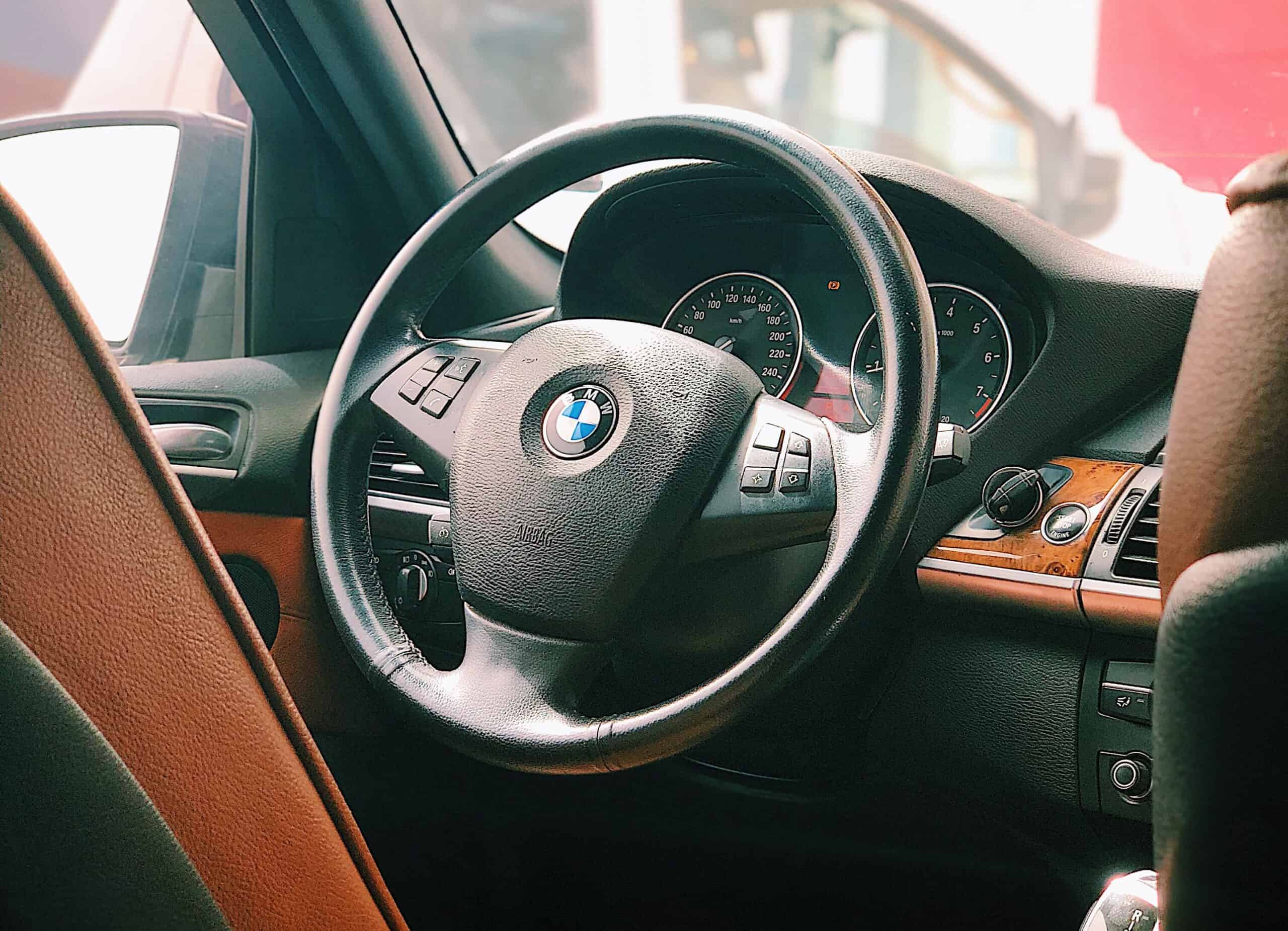the 10 most common BMW faults in winter and how to protect yourself from them
In the previous article of our blog, we addressed the problem of using vehicles in winter conditions. Today we describe the most common winter faults, and ways to avoid them.
In our climatic conditions, the naturally occurring 4 seasons are slowly disappearing. In addition, anomalies in the form of tornadoes, or dynamic changes in the weather from day to day, are becoming more frequent. This is one of the effects of climate change that is being observed around the globe. These changes also bring brief periods of extremely low or high temperatures and periods of heavy snowfall in winter or rain in summer.

Such changes in terms of sudden jumps in temperature, humidity and even atmospheric pressure are not without impact on the frequency of certain types of defects in our vehicles.
Based on many years of observation and service experience, we can identify the groups of defects that most often occur in BMW vehicles. In addition to normal wear and tear during the winter, they occur:
- Difficulties and faults related to starting the vehicle at low temperatures
- Malfunctions related to vehicle operation at low temperatures
- Mechanical damage associated with collisions and accidents
- Accelerated wear and tear of vehicle components
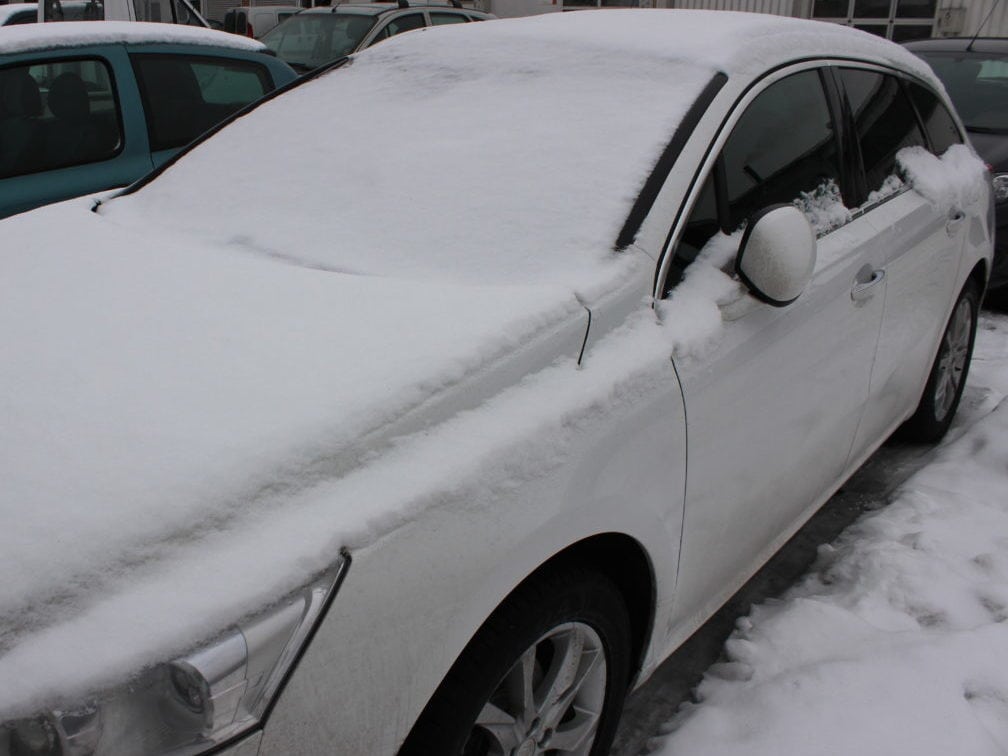
the 5 most common BMW winter start-up faults
BMW cars are designed to operate in a wide range of temperatures. However, the prerequisite for proper operation is regular servicing of the vehicle and use of manufacturer-recommended consumables (appropriate fuel, oils and lubricants). In the winter, especially during the occurrence of sudden drops in temperature (below -15° C), engine starting problems are most common. Vehicles parked under the so-called “cloud”, exposed for a long time to low temperatures, refuse to obey and do not want to start. Most often then we have to deal with faults:
- Low battery charge – (voltage below 10 volts) or battery discharge, as a result of low temperatures. The efficiency of car batteries, decreases proportionally, to the ambient temperature and already at 0 ° C, its efficiency decreases by twenty percent. In addition, the process of charging, discharging and construction of acid batteries is described in detail in an article on DailyDriver.
- Damage to the starter or its automatic decoupler. We can only start the starter for a few seconds of continuous operation. Long attempts to continuously start the engine usually end up burning the windings, burning the brushes or damaging the automatic.
- Blockage of the fuel filter or other fuel system components (in diesel engines) due to precipitation of paraffins in the diesel fuel. The recommendations of the Polish Standard force fuel companies to offer winter fuel from November 16 to the end of February, which should allow free flow through the fuel filter up to temperatures of -20 degrees C.
- Faulty ignition system. In diesel engines, faulty glow plugs or a faulty plug controller, and in gasoline engines, worn spark plugs or faulty ignition coils.
- Faulty or misaligned timing. In gasoline engines, most often as a result of a stretched timing chain or a faulty timing tensioner, the chain jumps during start-up and the timing phases are minimally out of adjustment, which, combined with low temperatures, a weak battery and even attempts at “push” ignition, can cause permanent engine damage.
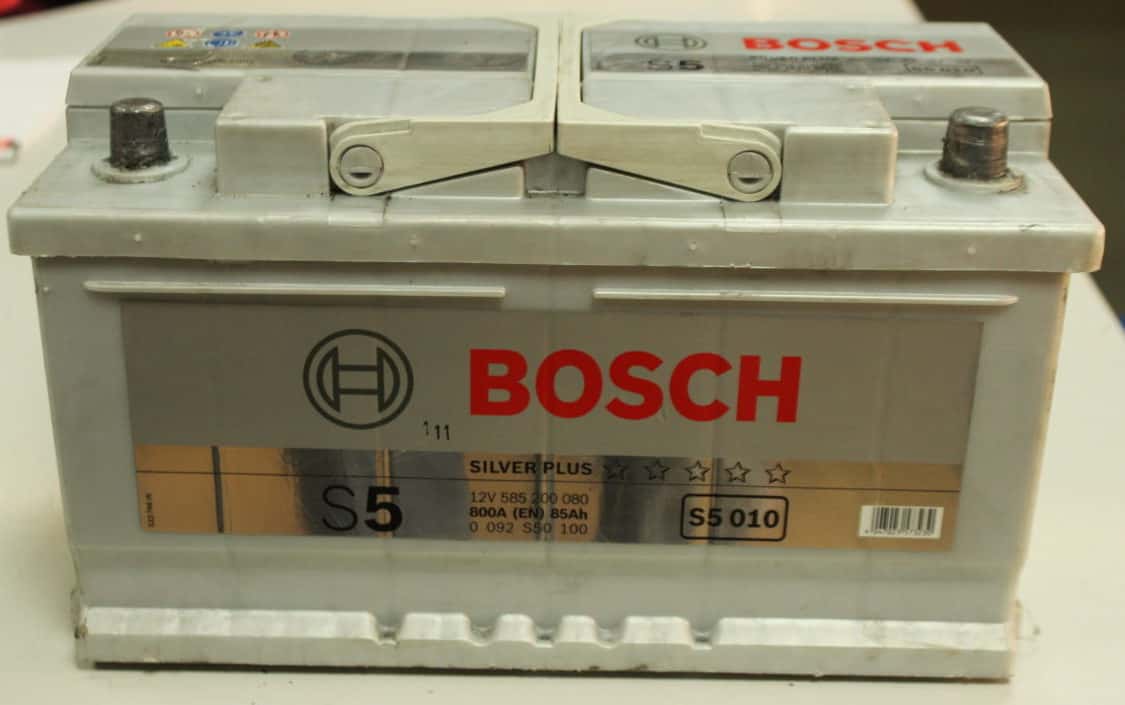
the 5 most common BMW winter operating faults
If we have already managed to start the engine despite the very low ambient temperature and start immediately on the road, we can cause the following damage:
- Damage to the engine due to lack of lubrication in the valve train and excessive wear of the cylinder head. Frozen engine oil that does not have adequate lubricating properties is not pumped in the right amount to all the necessary places in the engine. It sometimes takes a few seconds after starting the engine before it appears in the right amount on the camshafts, in the Vanos, in the tensioners and, in the final stage, also on the cylinder floor. Harsh driving at this point or rapid “over-gassing” of the engine usually ends in the timing chain breaking or jumping, which ultimately leads to permanent engine damage.
- Transmission damage. In manual transmissions, cold oil hinders the ability to engage a gear. Forcible and forceful attempts to engage first gear and reverse gear can lead to damage to the synchronizers and permanent damage to the transmission. In automatic transmissions at very low temperatures, a situation can occur in which the transmission, despite the gear D (Drive – forward) or R (Reverse – reverse) being engaged, will not transmit drive to the wheels. The attempt to raise the engine speed and strong “throttle” undertaken at that time can lead to permanent damage to both the transmission and the engine.
Operating a vehicle already running is not without risk of further damage either:
- In vehicles equipped with DPFs, it is necessary to warm up the engine to a temperature above 70 degrees C and heat the DPF to operating temperature, between 200-300 degrees C, to start the process of automatic afterburning of soot particles accumulated in the filter. Short periods of vehicle operation, can cause the filter to become clogged very quickly and, consequently, permanently damaged.
- The need to use additional power consumers (heating of the rear window, sometimes also the windshield, blower, additional electric heating, heated and ventilated seats) and repeated attempts to start a cold engine – all this disturbs the energy balance in the vehicle. When operating the vehicle for short distances, this results in significant undercharging of the battery and, as a result, its sulfation or damage.
- In order to maintain proper road passability in many countries, including Poland, it is common to use mixtures of salt and sand for road gritting, as well as salt itself for flooded surfaces. Operation of vehicles on the ground containing large amounts of salt, results in a very aggressive effect of salt. Metal and rubber-plastic components are particularly vulnerable. Therefore, after the winter period, it is very common to see on vehicles, places with active corrosion, damage to the paint coating and damage to rubber elements of gaskets and decorative trim.
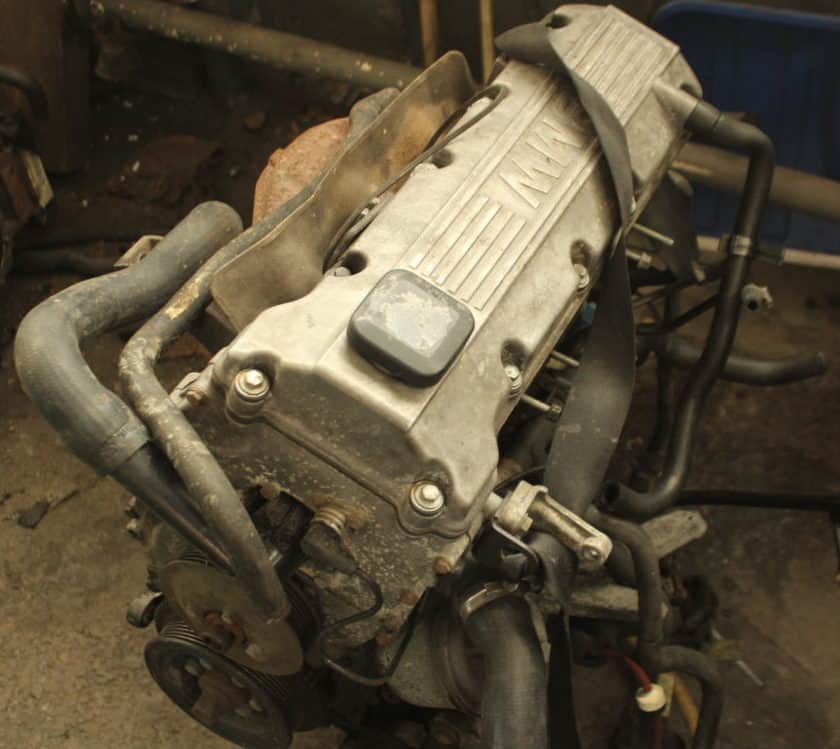
Mechanical damage related to collisions and accidents
Operating a vehicle in winter conditions carries the risk of damage to the vehicle as a result of a collision or traffic accident. Adverse road conditions, heavy snowfall, glaze and low temperatures significantly increase this risk. Even modern BMW models equipped with highly efficient traction control, brake assist and control systems will not bring the vehicle to a sudden stop in front of an obstacle on a slippery surface.
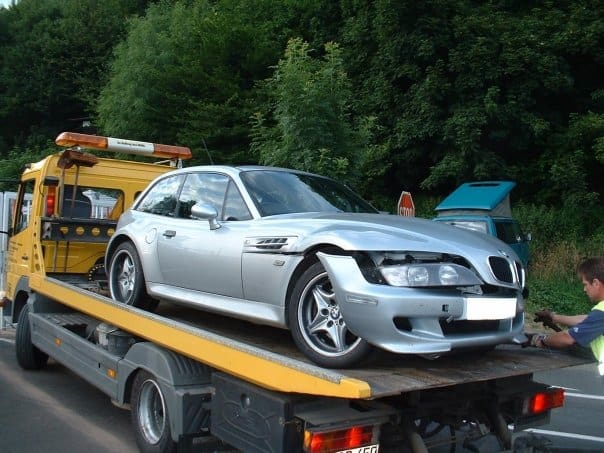
BMW after accident | Ultegra [CC BY-SA 3.0]
Assistance from electronic systems can get us out of a traffic jam, but common sense and driver experience still remain invaluable. BMW’s typical rear-wheel drive and high engine horsepower and torque additionally require considerable experience from the driver and the ability to use DSC systems.
BMW vehicles are equipped with very extensive safety systems. Of particular importance in winter are:
- pyrotechnic clamps, preventing the vehicle from catching fire after a collision
- airbag and curtain airbag system
- active head restraints
- a hood to prevent a hit-and-run person from falling into the windshield
Keep in mind that all these systems destroy themselves in use and add to the total cost of the incident.
Accelerated wear and tear of BMW components
The BMW faults listed in the paragraphs above are a collection of the most common occurrences during the winter season. Although the cars are prepared for low temperatures from the factory, the phenomenon of fatigue is unavoidable. Accelerated wear and tear is mainly related to lubricants and oils that are unsuitable for low temperatures, as well as the vehicle’s contact with aggressive chemicals used to keep roads passable.
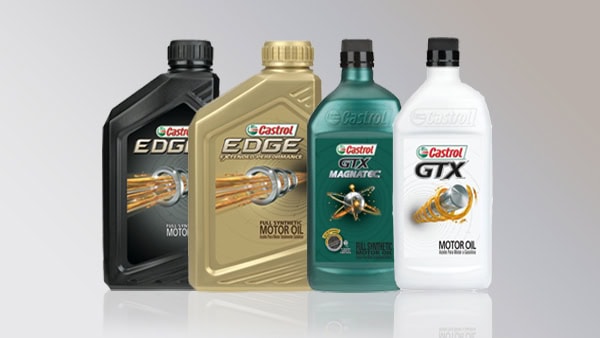
We have covered the topic of proper engine oil selection many times in our articles. In addition to car services, which should properly select the oil for the type and model of engine, each user can check for himself what oil is recommended for his vehicle in the owner’s manual. In addition, oil manufacturers, such as Castrol, provide online tables to find the right product.
6 practical tips – how to deal with winter faults in BMW cars?
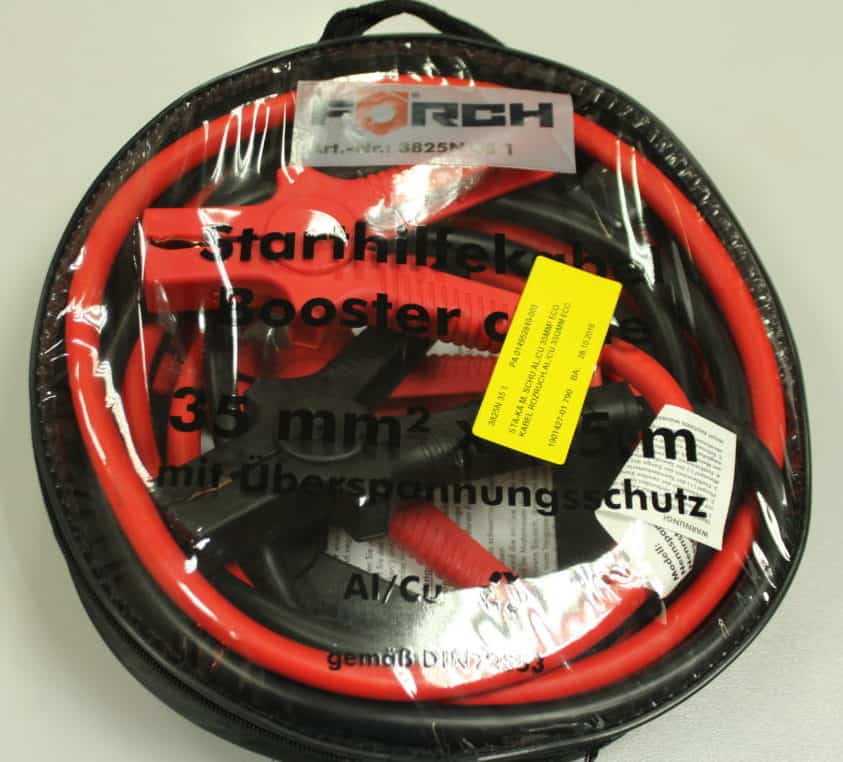
Most of the faults listed above can be avoided by following some very practical advice:
- A full winter inspection checking the condition of the vehicle for low temperatures and harsh operationis necessary before the winter period. Such inspections are carried out at the moment by numerous services and vehicle inspection stations. In our service, as every year, we offer our customers a Free Winter Inspection.
- During the occurrence of low temperatures as low as 0 ° C, try to fill a minimum of 1/2 tank of fuel, in the case of diesel engines – winter fuel. Use fuel enhancers or depressants, if any, as infrequently as possible.
- After starting the engine, wait a minimum of a few minutes before starting on the road. Do not raise the engine speed and use this time to clear snow from the vehicle and remove ice from the windshield and windshield wipers.
- Use the vehicle for trips lasting a minimum of 15-20 minutes. For shorter distances, try to take longer to warm up the vehicle and charge the battery more often from an external charger. For AGM batteries – a special charger that supports this type of battery is required.
- In case of problems with starting the engine, never try to start the vehicle on “push” or on the tow rope. Connect the additional starter battery to the starter clamps under the hood, (red cap marking ” “, minus on the unpainted screw nearby) using starter cables. Also do not use “Booster” type starting devices powered by 220V and giving a very high starting current in a short time. In newer vehicles after the 2005 production year, the use of a “Booster” risks damaging the controllers and the connecting bus
- Regularly wash the vehicle of residual snow, mud and traces of salt. If possible, use after washing additional protection in the form of waxing the body and protecting rubber parts with technical petroleum jelly or other protective agents.
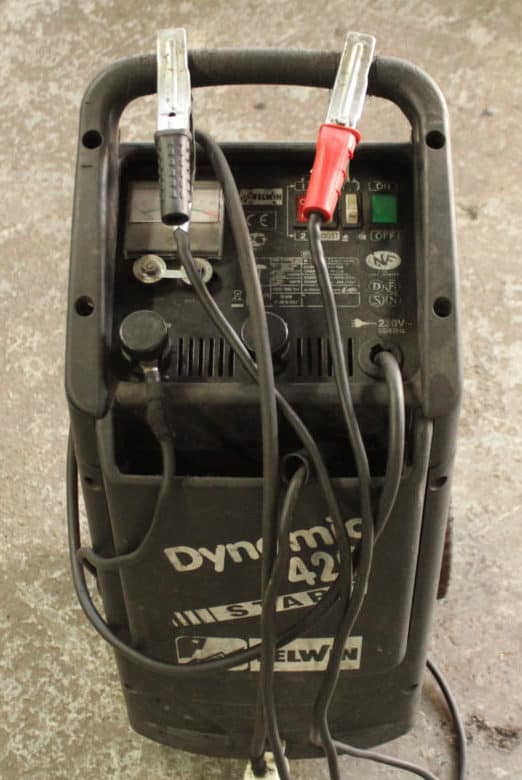
We are not able to change the place where the vehicle is used, or the climatic conditions, but we can with simple means protect our vehicle, from damage, and ensure its long, trouble-free operation.


